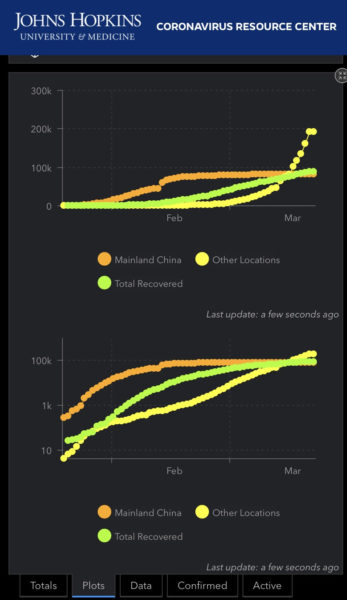We’re almost a decade into the “new” teacher evaluation program (TPEP), and this year OSPI has introduced a change that I think has the potential to shift the model closer to its intention: promoting improvement of teacher growth and practice.
Of course, the middle of a pandemic is a rough time to add yet a potentially non-essential change to systems and policies…or it is precisely the perfect time. That’s not what I’m interested in debating.
For background: State law requires that “student growth” be considered in a teacher’s evaluation. To assess a teacher’s impact on student growth, one or more of five universal rubrics are used to evaluate their impact on student growth (it is “one or more,” because it depends on where the teacher is in their evaluation cycle… it is less complicated than I’m making it sound).
To really simplify it: Teachers are assessed on the growth goals they set for subgroups of students or for whole rosters of students. We often refer to this as the “inputs,” or the elements we as professionals have control over (writing goals, choosing assessments, etc.). To be proficient for “whole roster” goals, our work must match this description:
Continue reading








